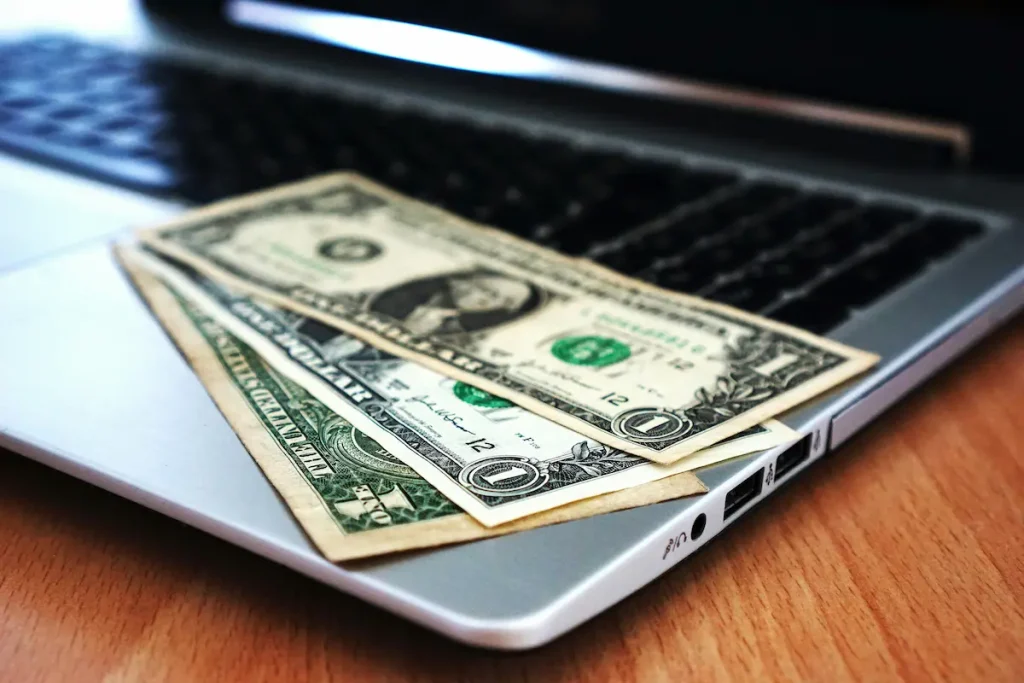A friend of mine — let’s call him Dave — once bought a rotted-out Shasta for $900 and a handshake. The thing smelled like mouse pee and crushed dreams. I told him he was nuts.

Six months later? He flipped it for $13,000.
So… yeah. It’s possible.
If you’ve ever spent a weekend elbows-deep in peeling linoleum, whispering curses into a rusty propane line, and thought, “I wonder if someone would pay me for this,” — the answer is: maybe yes, maybe big yes.
Let’s talk about how people (real people, not HGTV hosts) are actually making money restoring vintage campers — and how you might do the same.
Is It Really Possible to Make Money Restoring Vintage Campers?
Short answer: yep.
Longer answer: yep, but only if you know what you’re doing (or are very good at faking it until you do).
There are a few ways folks are cashing in on vintage camper restoration:
- Flipping for resale
- Renting them out (Airbnb-style, stationary or towable)
- Using them for a mobile business (coffee bar, pop-up shop, photo booth)
- Turning them into a glamping setup in your backyard
- Even leasing them for photo shoots or weddings
And the best part? You don’t need a warehouse or a team of contractors. Just some tools, patience, vision, and probably a tetanus shot.
What Impacts Profit? (Spoiler: It’s Not Just the Paint)
Let me break it to you gently: the $1,000 camper you just bought in the desert is not guaranteed to be worth $20K after you slap some paint on it and hang a macrame plant holder.
Here’s what actually makes a difference:
1. The Base Model
Some models — like Airstreams, Shasta Airflytes, Avions — hold value better and draw more buyers. Why? Nostalgia, mostly. And Instagram.
A no-name camper with weird angles and a mystery brand plate? Harder sell. Even if the inside is cute.
2. The Interior (Yes, It Sells)
You can have the best frame and wiring on the planet, but if your restored vintage camper interiors look like a hunting cabin from 1983… good luck.
People want a vibe. Cozy, clean, a little quirky. Think: “Boho chic meets national park.”
Add butcher block, warm lighting, curtains that don’t smell like mildew — and suddenly your $7,000 project looks like a $14,000 cozy getaway.
I once sold a camper just because someone fell in love with the dinette cushions. I’m not even kidding.
Real Talk: How Much Does It Cost to Restore a Vintage Camper?
Let’s do the scary part. Money in, money out.
Restoration costs:
- Base camper: $1,000–$6,000
- Materials: $2,000–$7,000
- Tools & equipment: $500–$2,000
- Your time: priceless (or, if you’re billing, $25–$50/hour)
Total: $5K to $15K+ depending on how deep you go.
Potential resale:
- Standard flip: $8K–$25K
- Premium models (Airstream, fully restored): $30K–$70K
- Custom glamping/Airbnb setup: recurring income, $100–$200/night
And yeah — you can definitely make money restoring vintage campers. Just don’t expect to retire after one flip. (Unless that flip is to a TikTok influencer. In that case, go nuts.)
The Underrated Gem: Restored Vintage Truck Campers
We need to talk about truck campers for a second. You know the kind — little aluminum boxes that sit in the bed of a pickup, often overlooked, sometimes mocked.
But hear me out.
A restored vintage truck camper is:
- Cheap to buy (seriously — I’ve seen them for $500 in decent shape)
- Easy to tow (well, technically, carry)
- Highly functional for off-grid lovers
- Perfect for stealth camping or mobile business setups
I saw one converted into a mobile tattoo studio. Another became a mini bookstore. People get creative — and the profit margins can be wild, especially when your purchase price is less than your monthly internet bill.
Realistic Exit Strategies (AKA: How to Not Get Stuck with a Camper You Hate)
Let’s be real: not every project is a success story.
So before you pour your soul (and budget) into that vintage trailer:
- Start small — maybe even just redo the interior and test the market
- Track costs like a hawk — you will forget what you spent on light fixtures
- Document everything — buyers love “before and after”
- Give it a personality — name it, style it, make it fun
- Know when to stop — not every project needs gold faucets and teak countertops
Sometimes “good enough” is profitable.
Final Thoughts (and a Little Dust in the Air)
You’re not just flipping a camper. You’re flipping the story it tells.
From forgotten shells in someone’s backyard to handcrafted hideaways with soul — this thing you’re doing? It’s real. It’s valuable. It can pay your rent and scratch that creative itch.
Will every camper make you money? Nope.
Will every camper teach you something? 100%.
So go ahead. Paint that door turquoise. Hang the fairy lights. Reinvent what a little aluminum box can become.
And maybe — just maybe — someone will walk inside and say, “I’ll take it.”